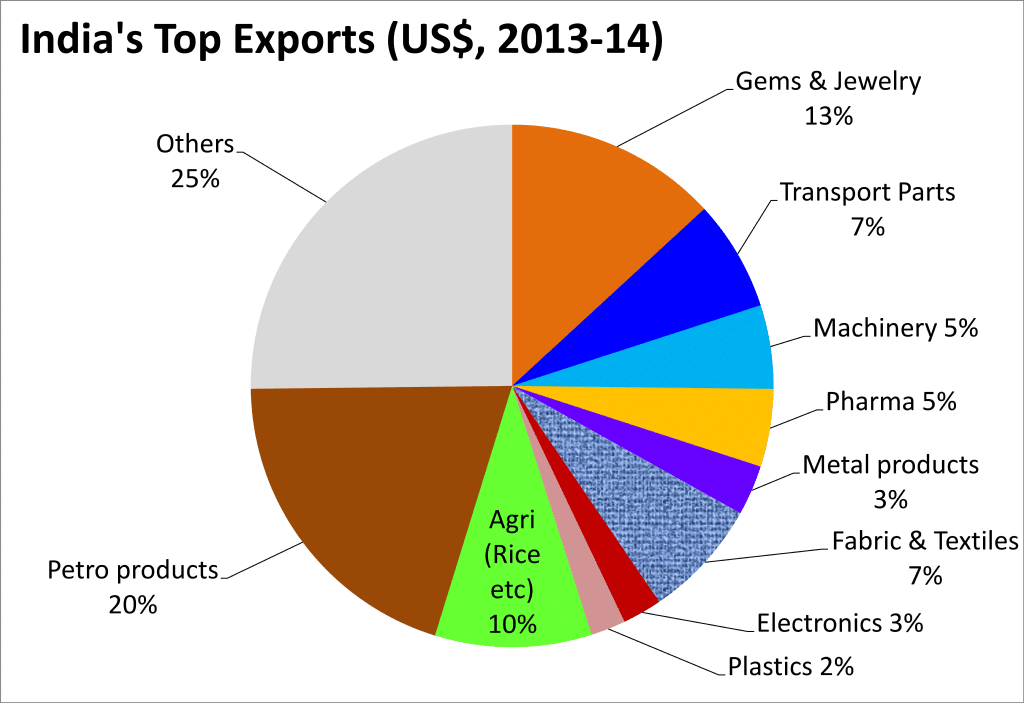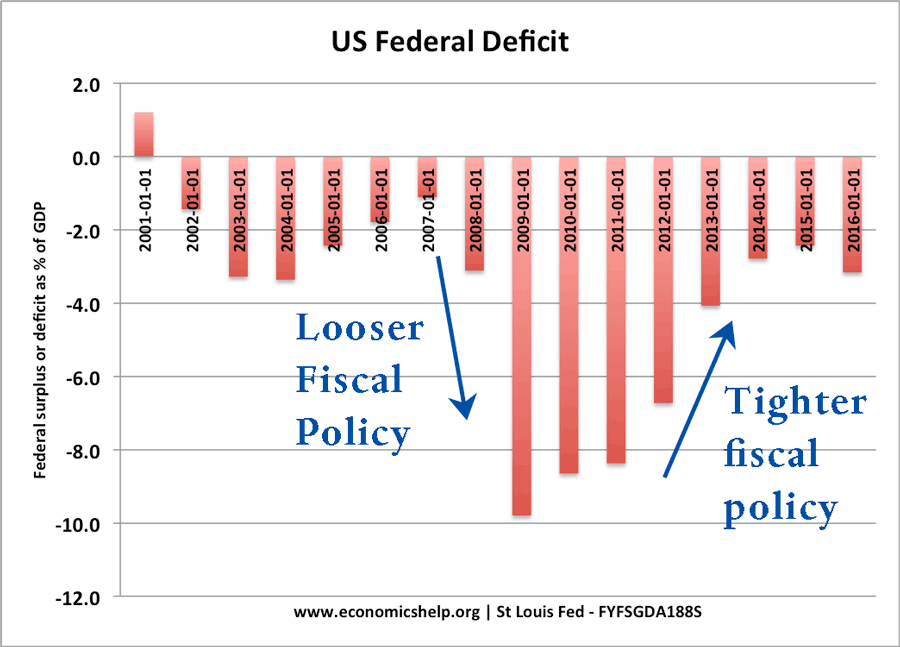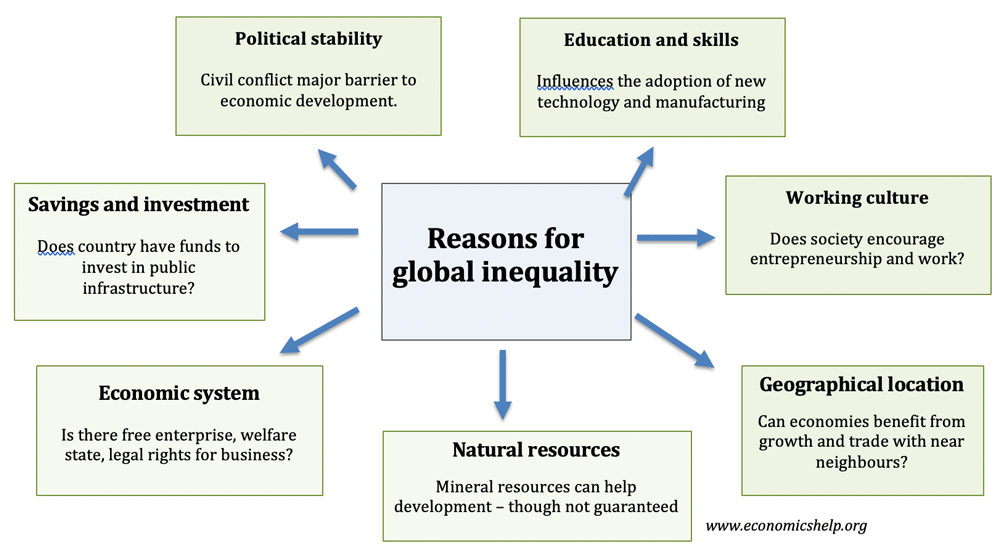Abenomics – a Japanese recovery?
Abenomics refers to the economic policy of the current Japanese prime minister Shinzō Abe. The aim of the policy is to stimulate strong economic recovery and help the Japanese economy to escape a cycle of deflation, and low growth. Can Japan break the cycle of low growth? The range of policies include: Expansionary monetary policy …



